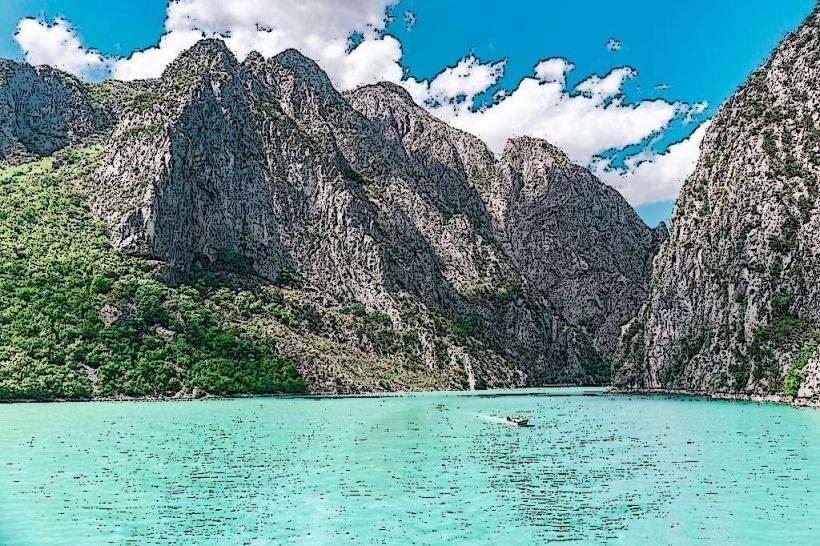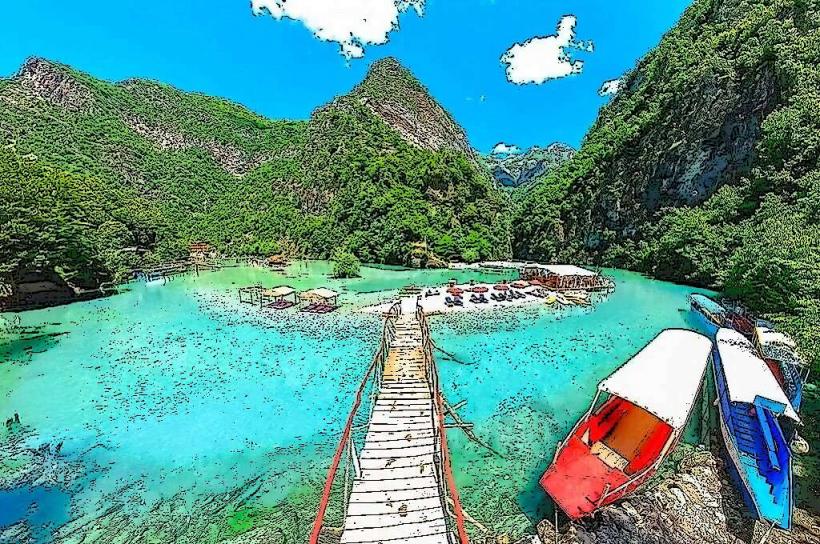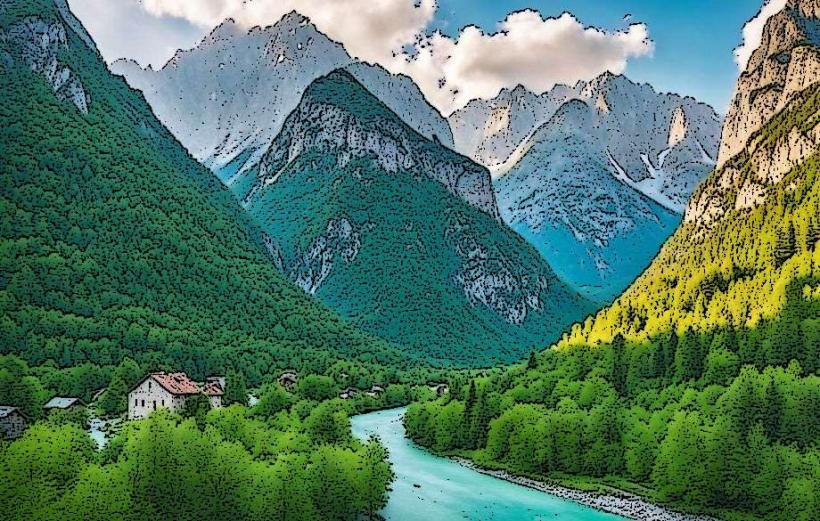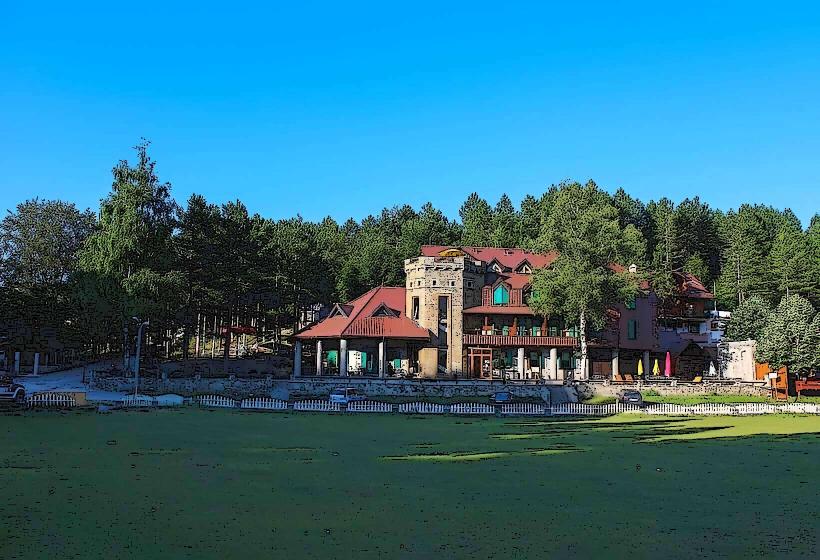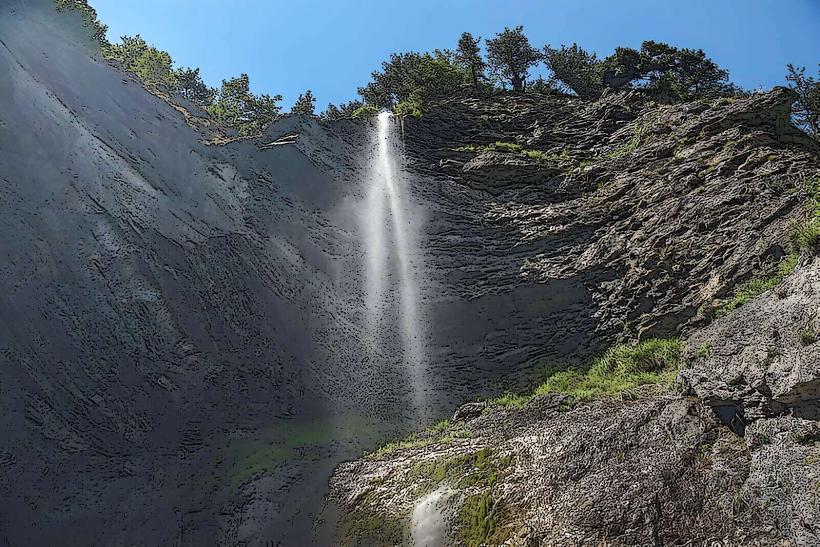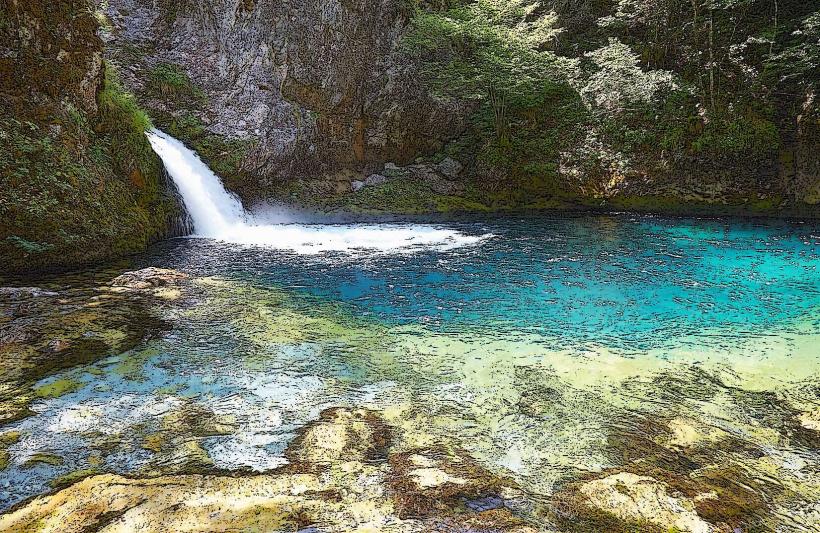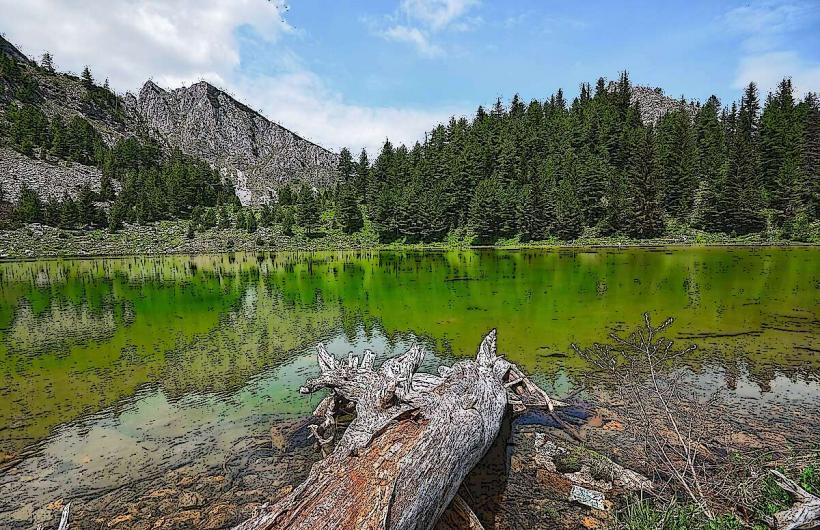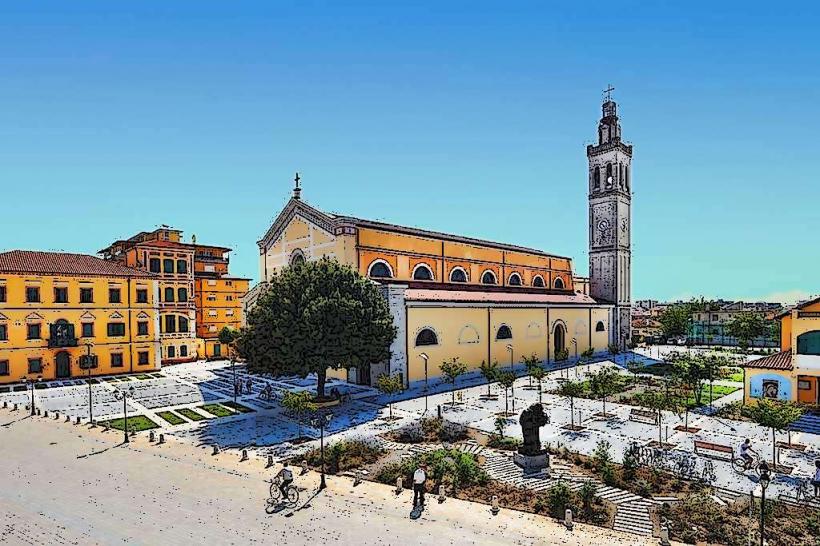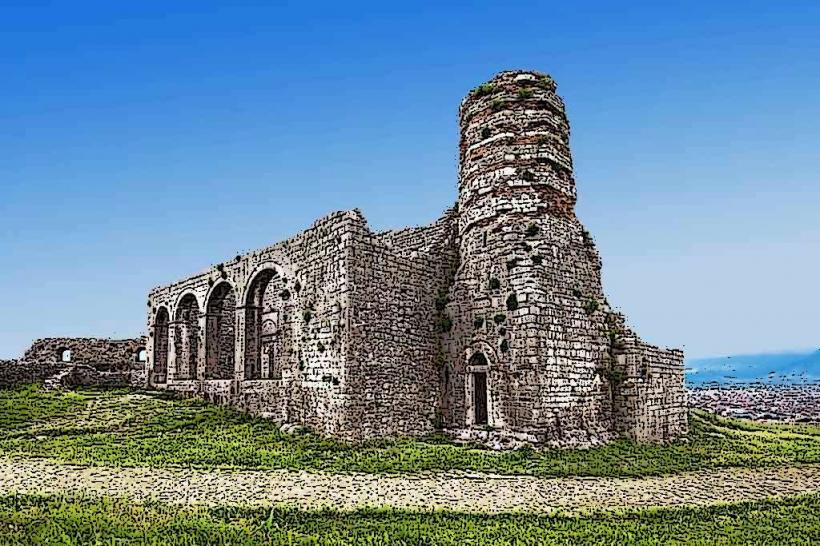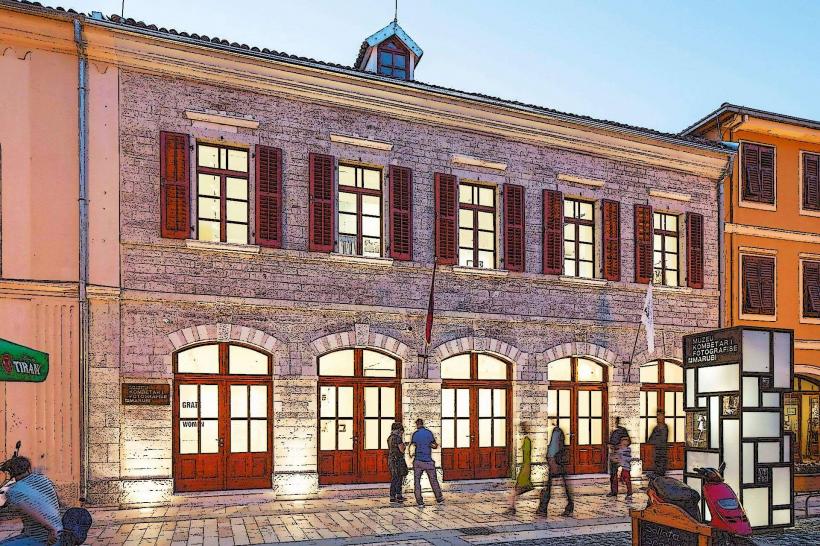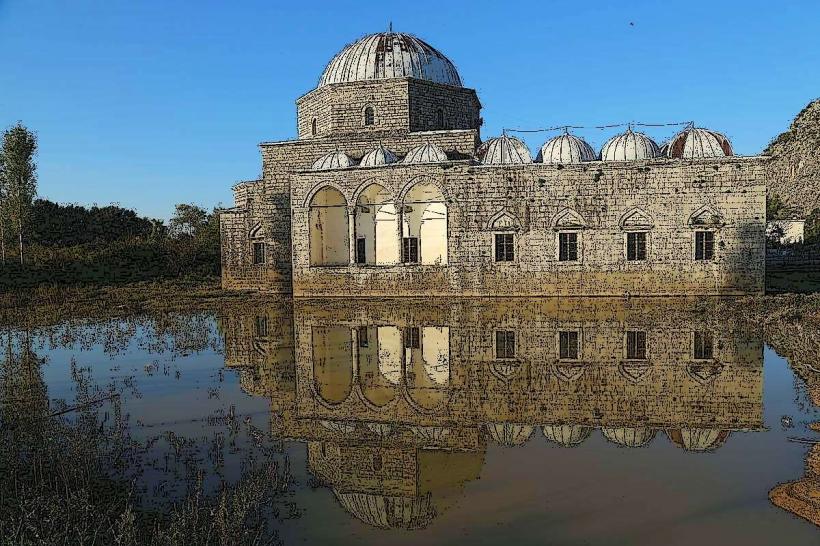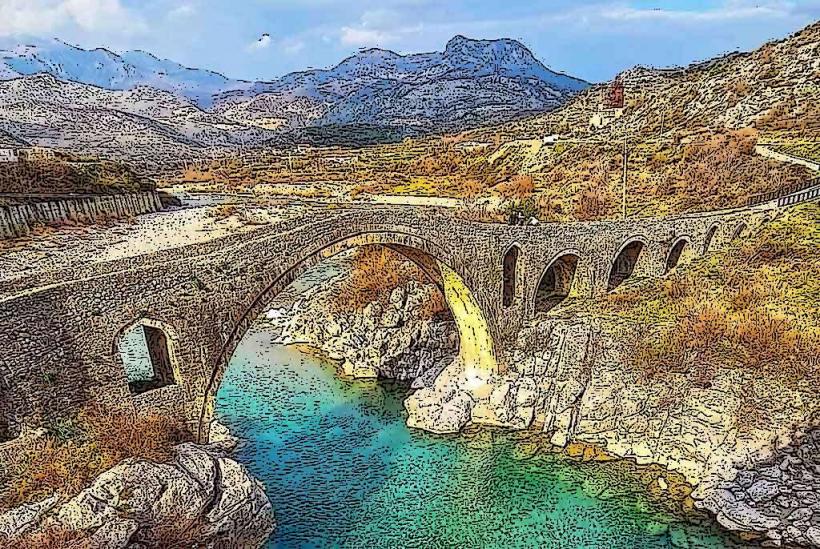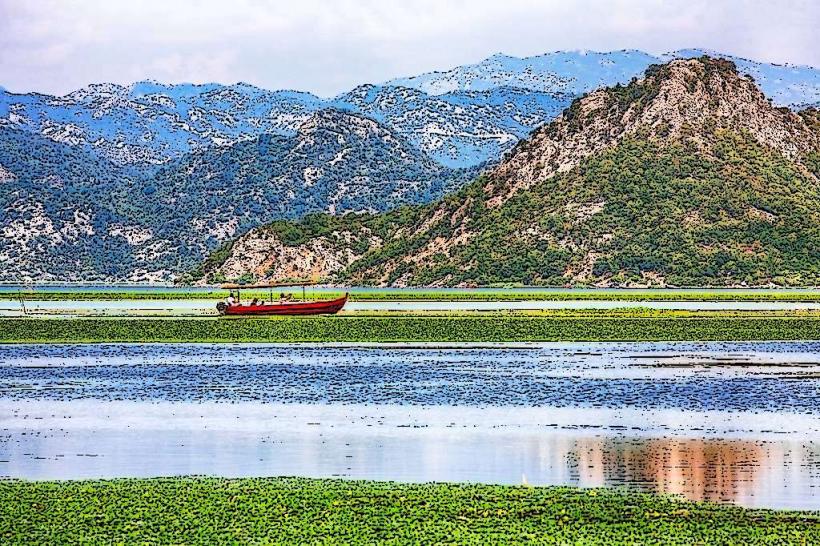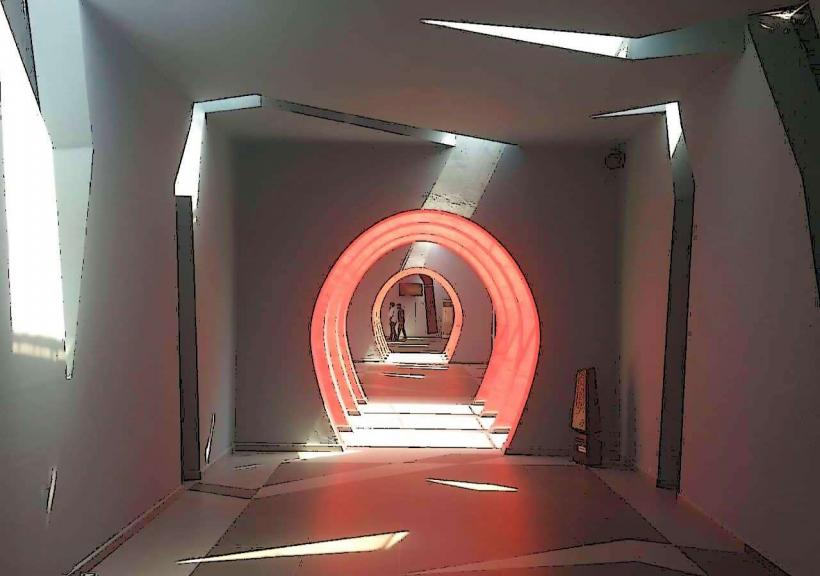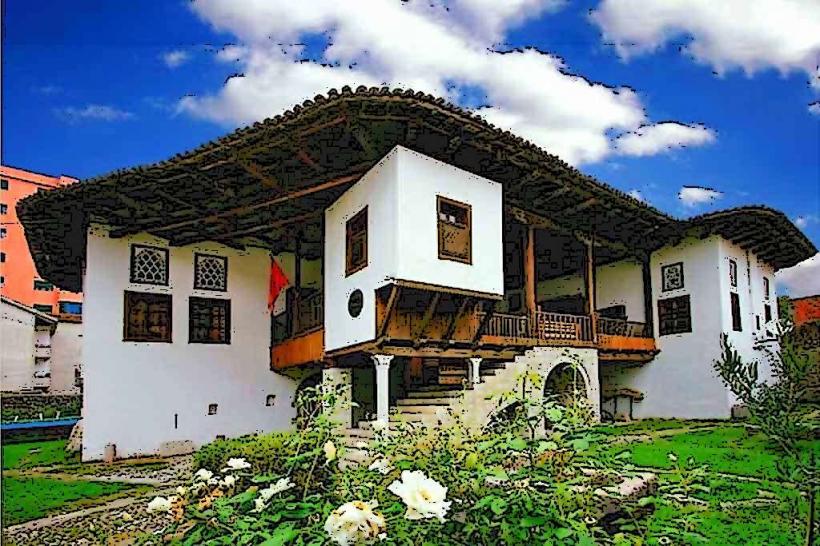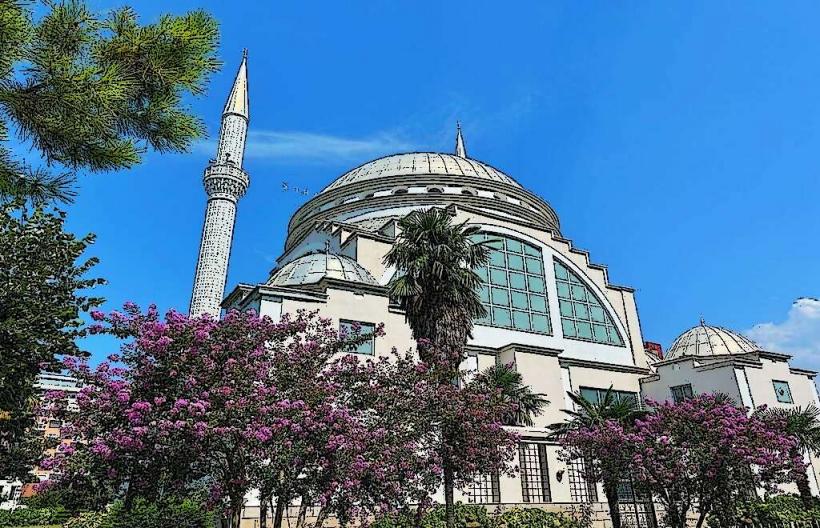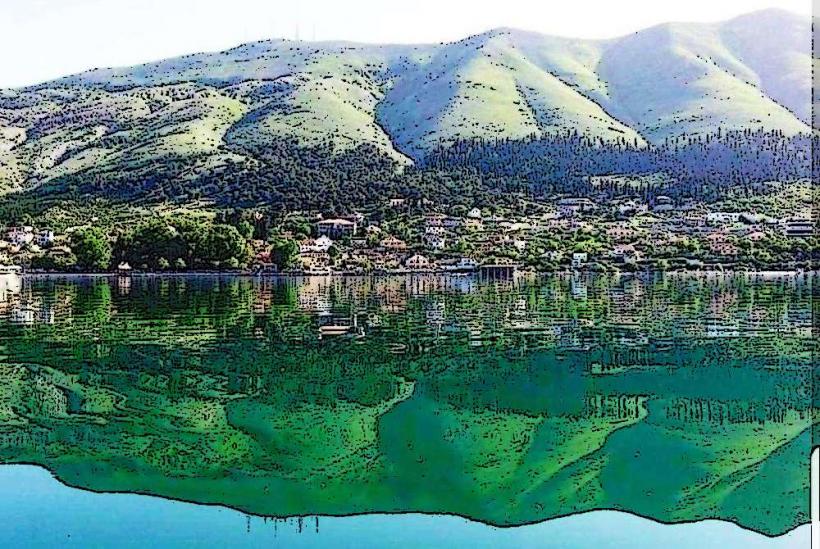Information
City: ShkoderCountry: Albania
Continent: Europe
Shkodër: Overview and Characteristics
Shkodër, located in northwestern Albania, is one of the country's oldest and most culturally significant cities. Known as the "Gateway to the Albanian Alps," it boasts a unique blend of history, culture, and natural beauty. The city is positioned near the confluence of rivers and bordered by mountains and Lake Shkodër, offering a diverse and picturesque landscape.
Geography and Climate
- Location: Situated near the confluence of the Drin, Buna, and Kir rivers, close to Lake Shkodër and the Albanian Alps. It lies approximately 110 km (68 miles) north of Tirana.
- Lake Shkodër: Shared with Montenegro, it is the largest lake in the Balkans and a key feature of the city's surroundings.
- Climate: Mediterranean climate with continental influences.
- Hot, dry summers with temperatures averaging 30°C (86°F) or more.
- Mild, wet winters with significant rainfall, making it one of Europe's rainiest cities.
History
- Ancient Origins:
- Founded in the 4th century BCE as the Illyrian city of Scodra, it became a vital stronghold of the Illyrian tribes.
- Later conquered by the Romans in 168 BCE and integrated into their empire.
- Medieval Period:
- Flourished under the Byzantines and later the Venetians, becoming a major center of trade and culture.
- Experienced Ottoman rule from the late 15th century, which shaped much of its architectural and cultural heritage.
- Modern Era:
- Played a pivotal role in Albania's independence movement in the early 20th century.
- Endured significant damage during both World Wars but remained a center of resistance and cultural preservation.
Demographics
- Population: Approximately 135,000 residents, making it one of Albania's largest cities.
- Ethnic Composition: Predominantly ethnic Albanians, with small minority groups, including Montenegrins and Roma.
- Languages: Albanian is the primary language, with Italian and English spoken in tourism and trade sectors.
- Religion: Notable for its religious diversity, with a mix of Muslim, Catholic, and Orthodox communities coexisting peacefully.
Economy
- Agriculture:
- The surrounding region is fertile and supports farming, particularly olives, fruits, and vegetables.
- Tourism:
- Increasingly popular for its historical sites, proximity to the Albanian Alps, and eco-tourism opportunities around Lake Shkodër.
- Trade:
- Historically a trading hub due to its location near waterways and the Adriatic Sea.
- Small Industries:
- Includes artisan crafts, food processing, and small manufacturing sectors.
Urban Landscape
- Architecture:
- A mix of Ottoman-era buildings, Catholic churches, traditional Albanian houses, and modern developments.
- Notable neighborhoods like Gjuhadol showcase preserved historical architecture.
- Infrastructure:
- Recent investments have improved road connections, particularly to Tirana and nearby tourist destinations.
- Transportation:
- Roads: Well-connected to other regions of Albania and Montenegro.
- Public Transport: Local buses and taxis are the primary modes of transport.
Culture and Lifestyle
- Cultural Significance:
- Often referred to as Albania's cultural capital, known for its contributions to art, literature, and music.
- Traditional Music and Dance:
- The city is home to unique folk music and dance traditions, including the use of the lahuta, a traditional instrument.
- Cuisine:
- Known for dishes such as tave krapi (baked carp from Lake Shkodër) and rich use of local produce.
- Influences from Italian, Ottoman, and Balkan cuisines.
- Festivals and Events:
- Hosts various cultural and religious celebrations, including music festivals and Carnival.
Natural Attractions
- Lake Shkodër:
- A hub for eco-tourism, birdwatching, and fishing.
- Nearby Mountains:
- Serves as a base for exploring the Albanian Alps, including hiking and trekking routes.
- Rivers:
- The Drin, Buna, and Kir rivers provide scenic beauty and recreational opportunities.
Education and Innovation
- Educational Institutions:
- Hosts universities and schools that serve the broader region.
- Cultural Preservation:
- Museums and cultural centers focus on preserving Shkodër’s rich historical and artistic heritage.
Challenges
- Flooding:
- Due to its location near rivers and Lake Shkodër, the city is prone to flooding, particularly during heavy rains.
- Infrastructure:
- Continued development is needed to fully support its growing tourism industry.
Shkodër remains a city of contrasts, where ancient history meets modern life, and natural beauty complements its cultural richness. Its strategic location and historical significance make it a vital part of Albania's identity.

